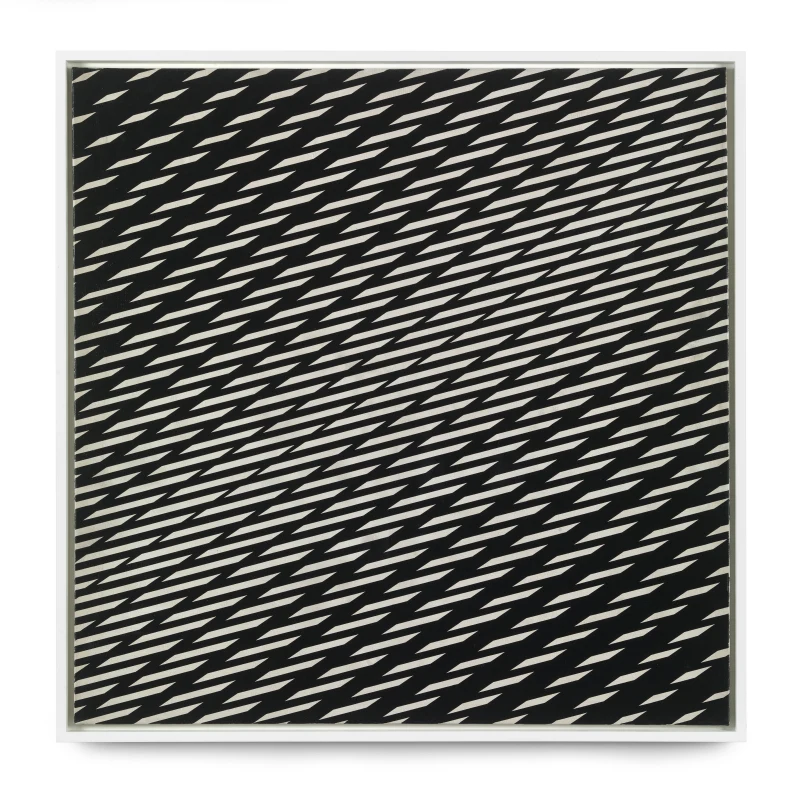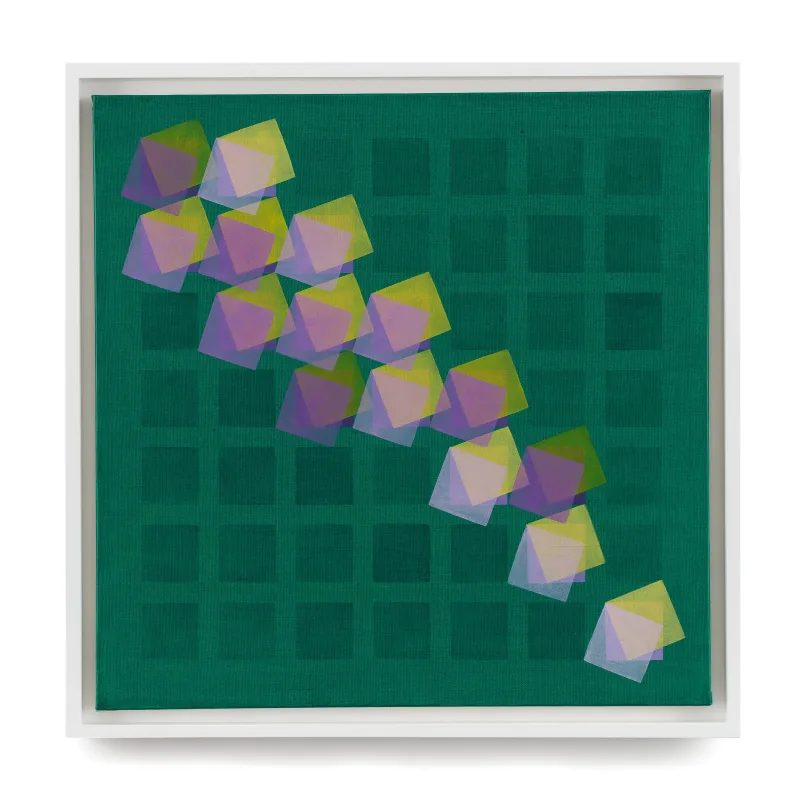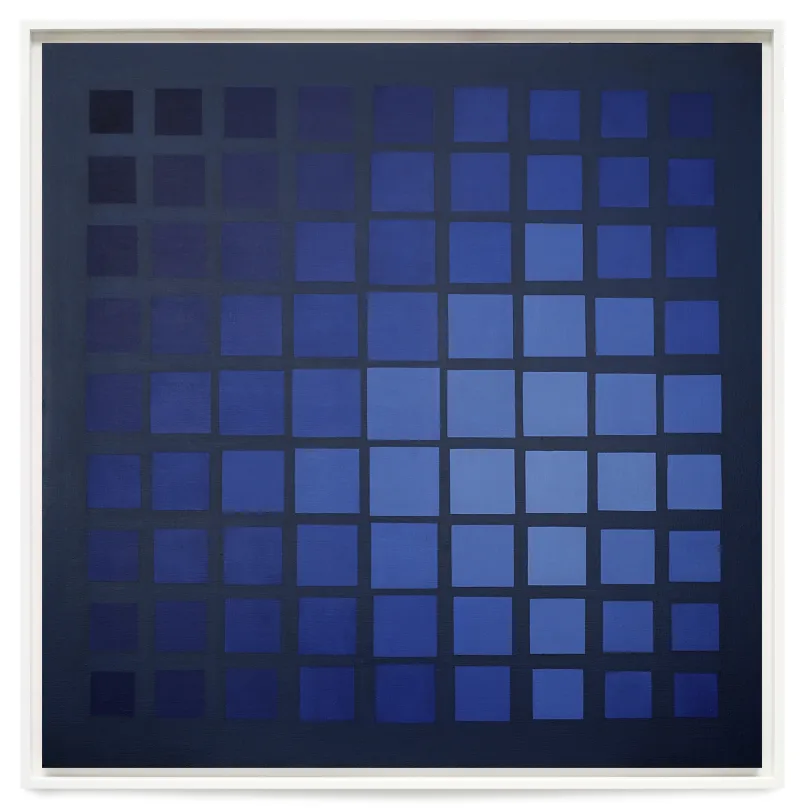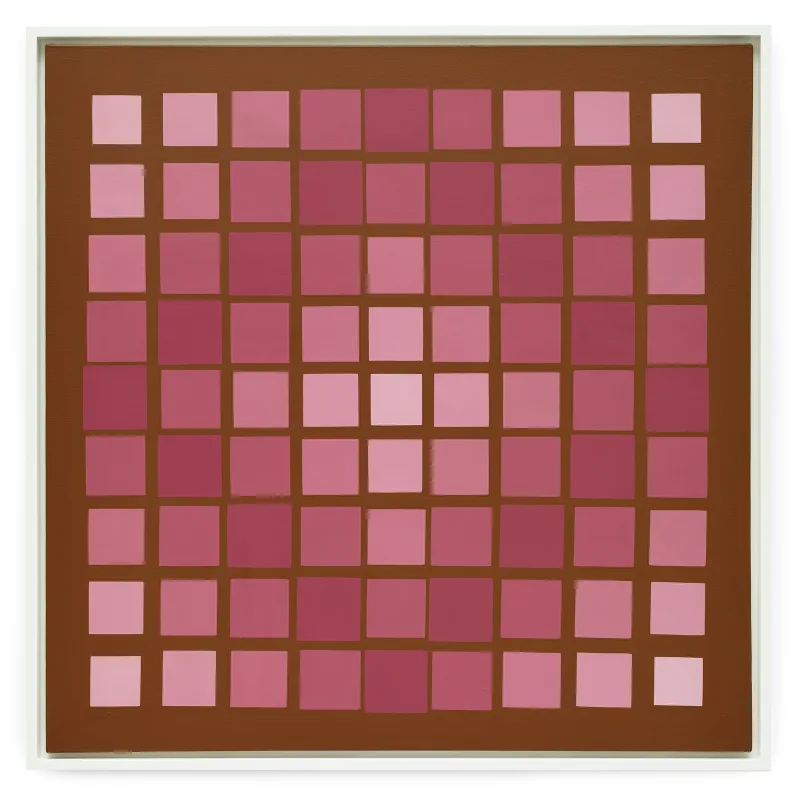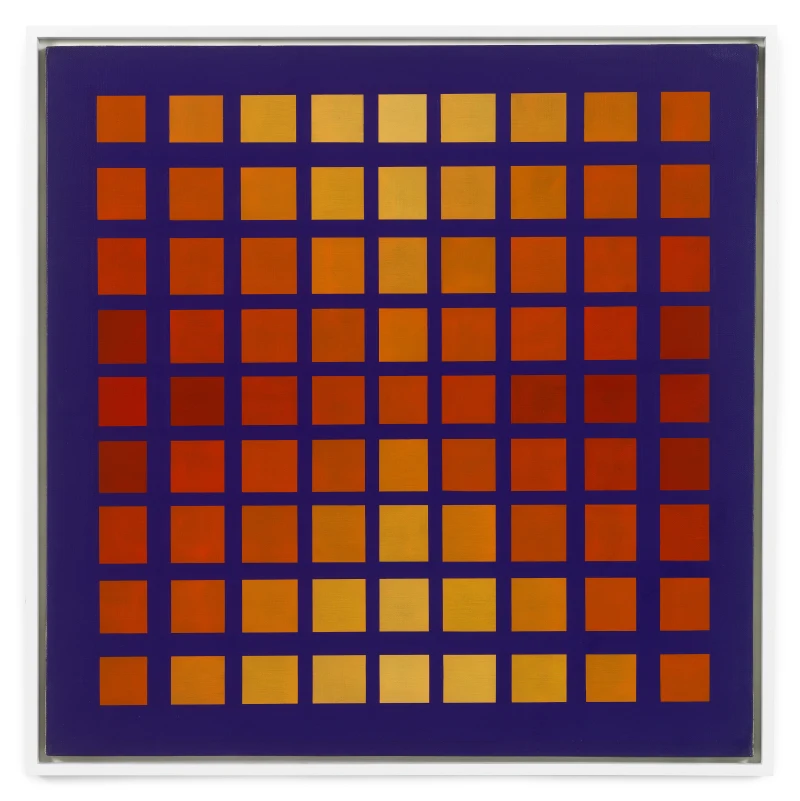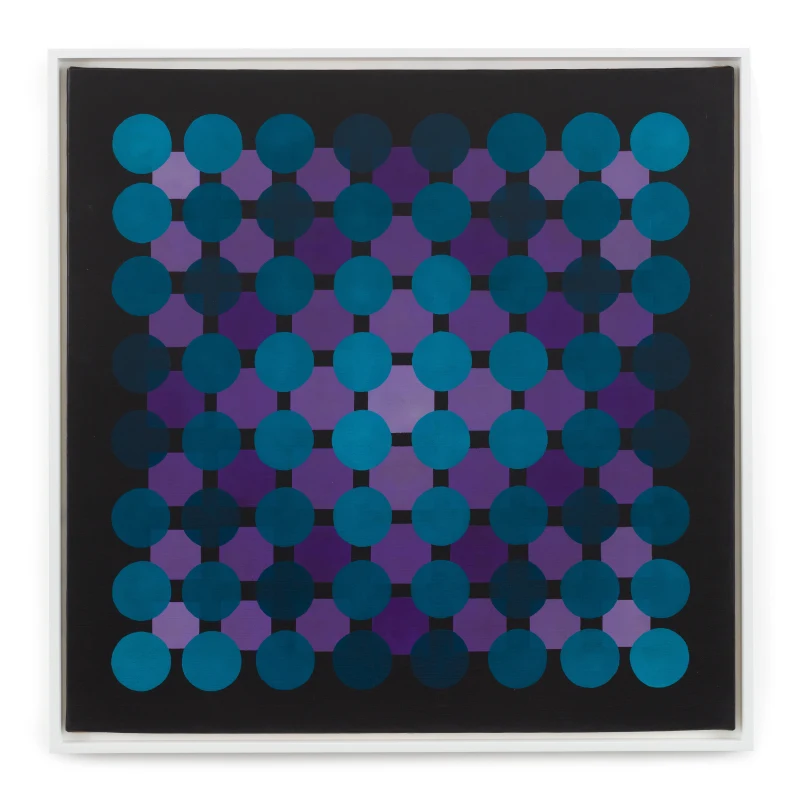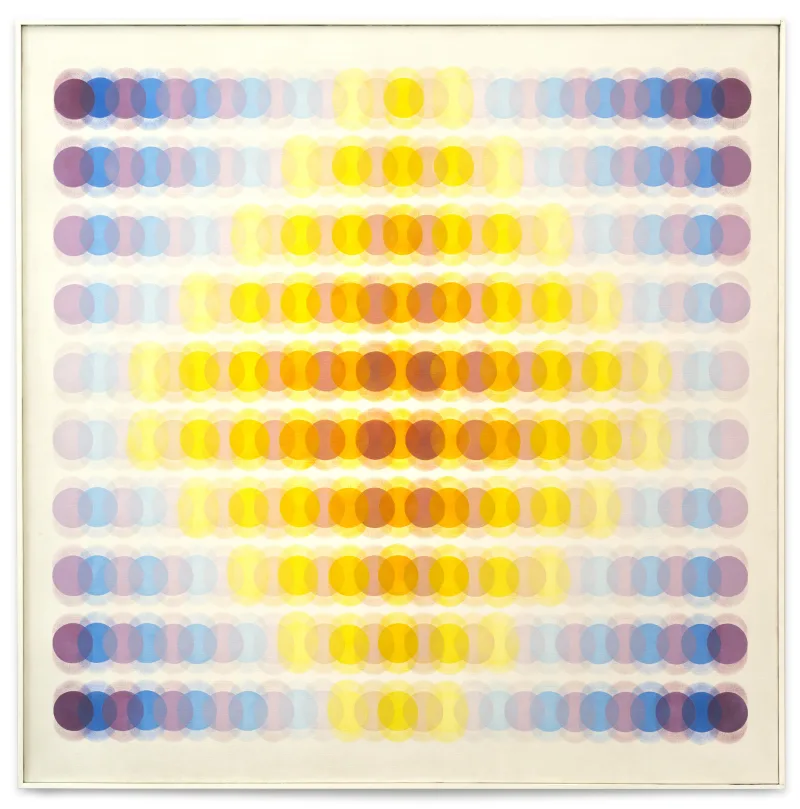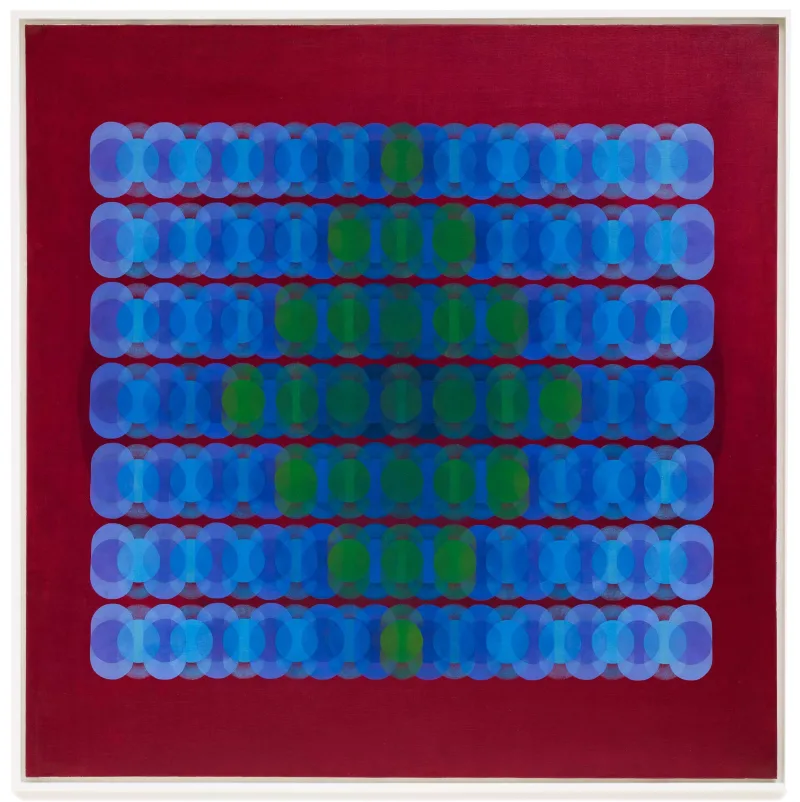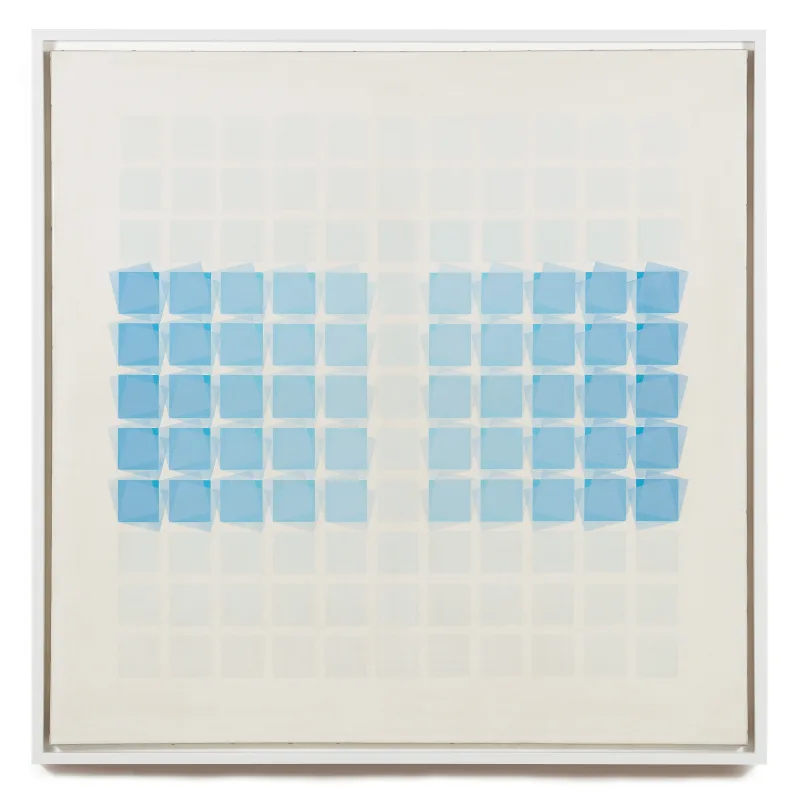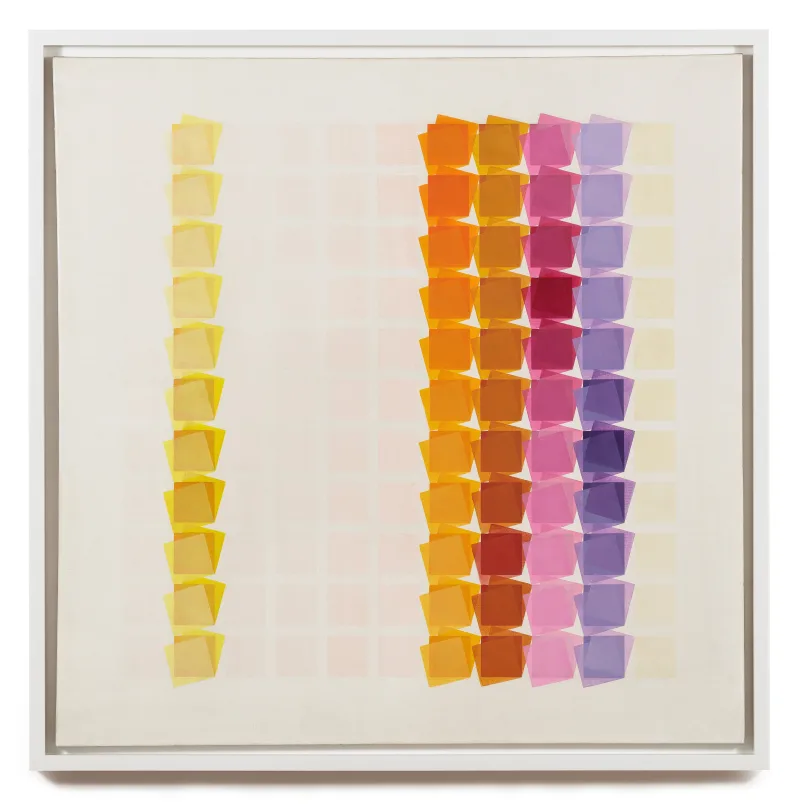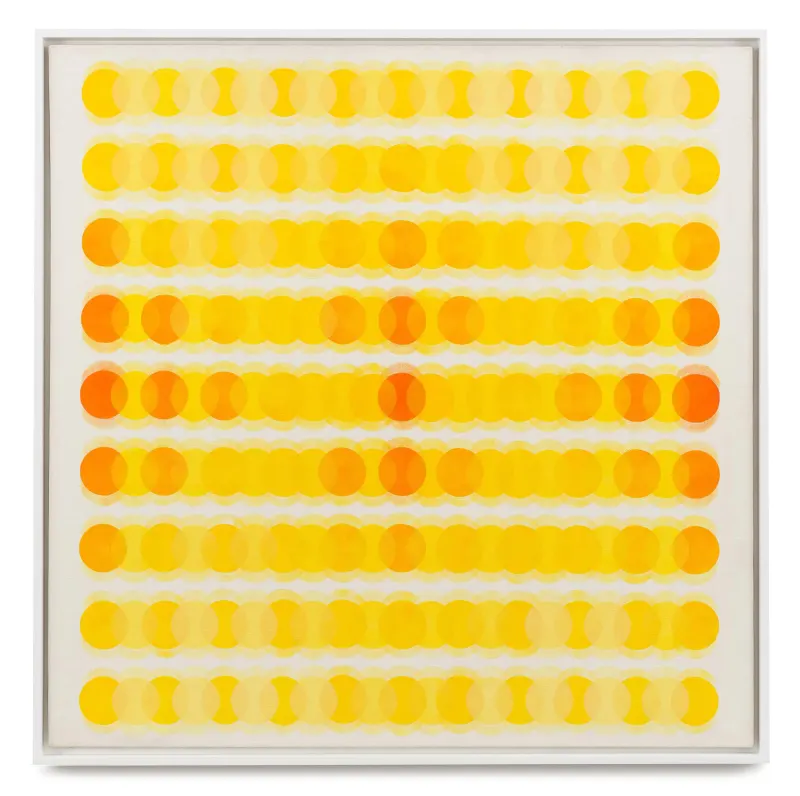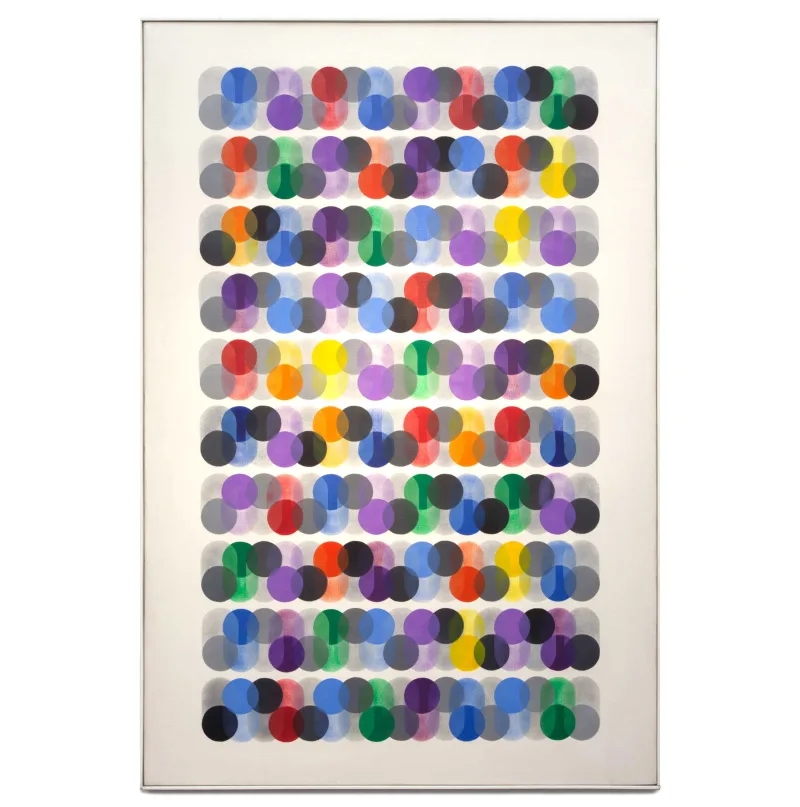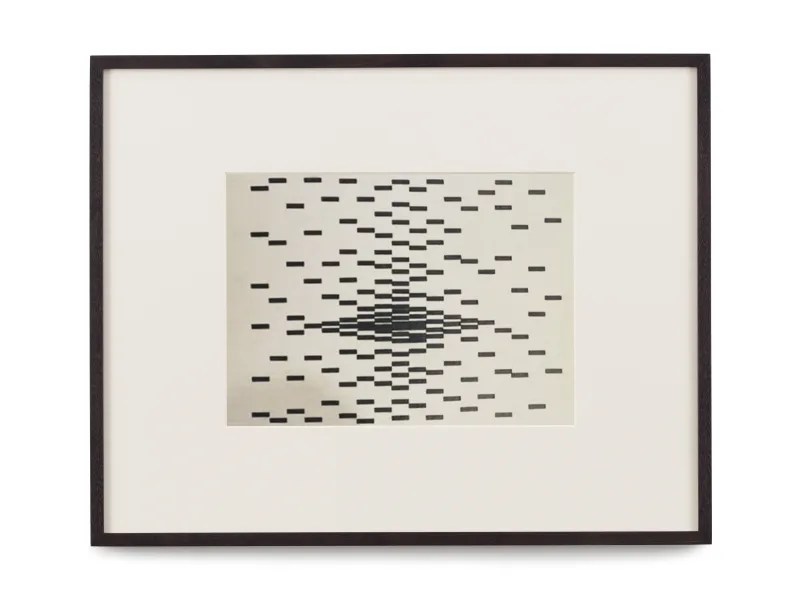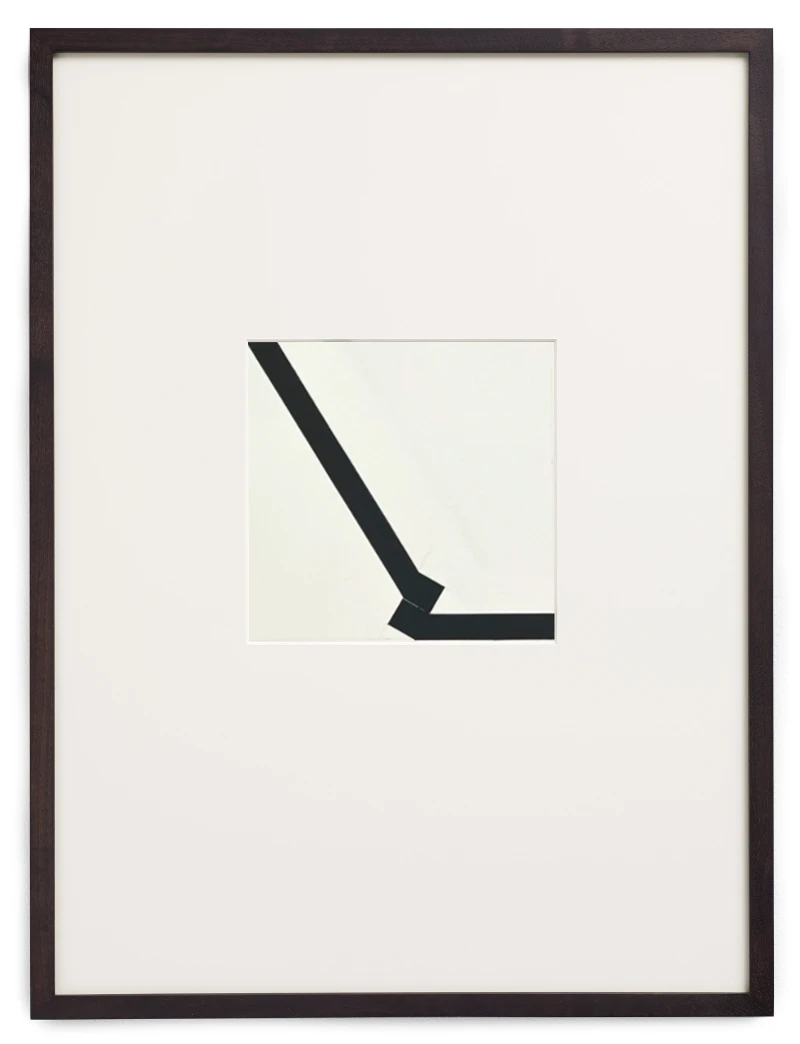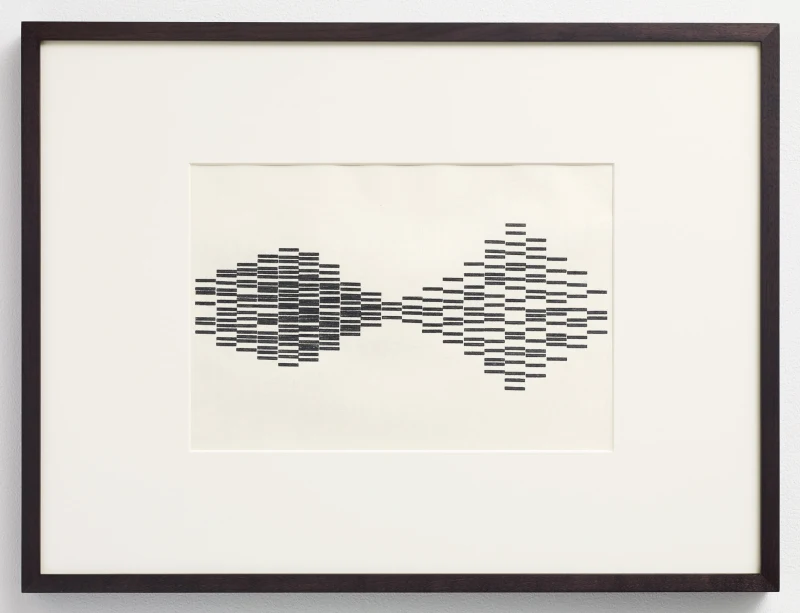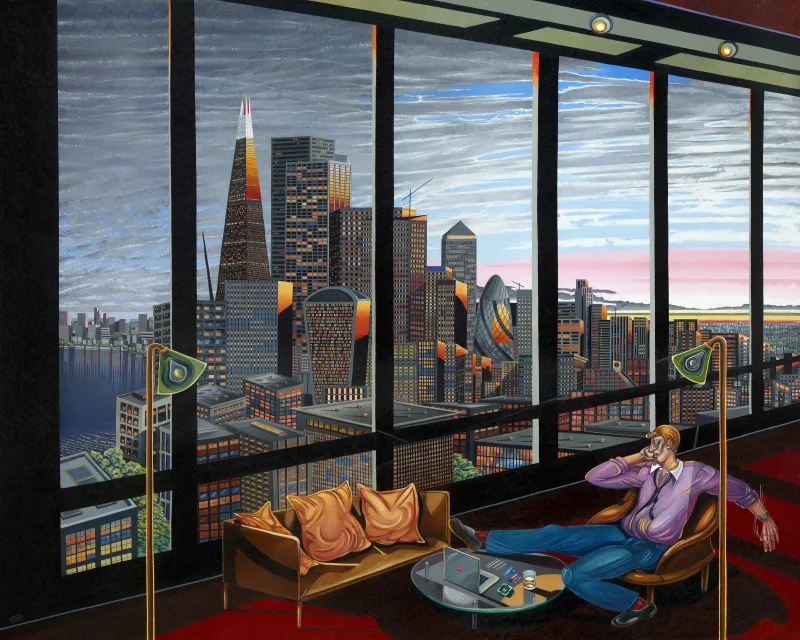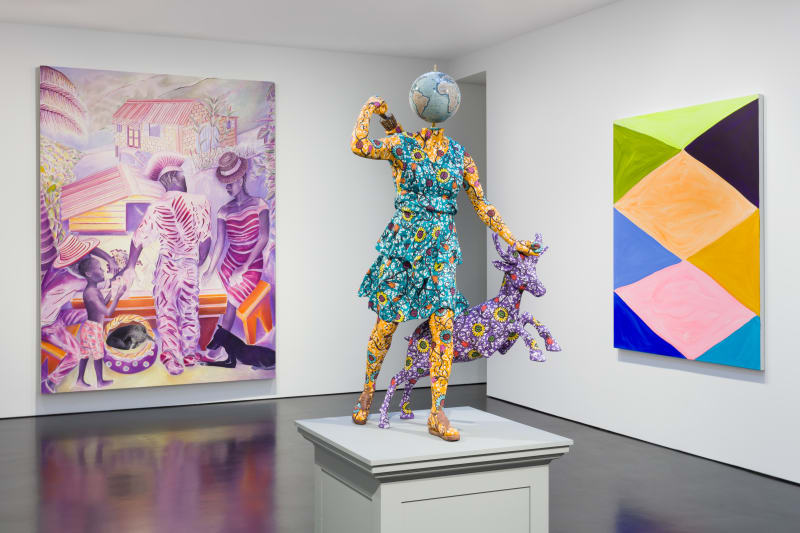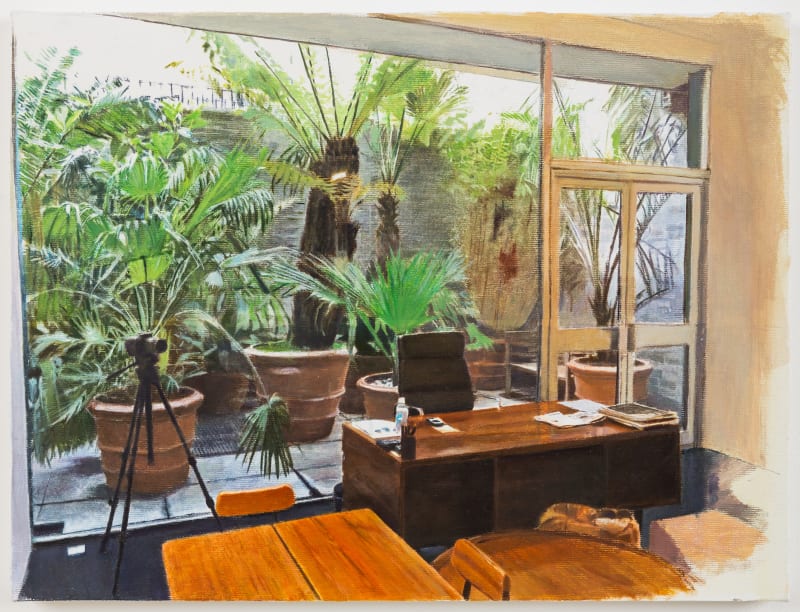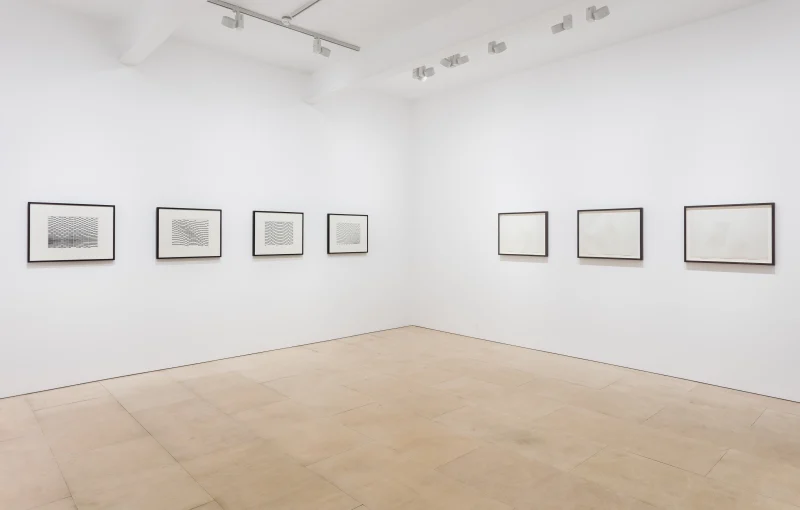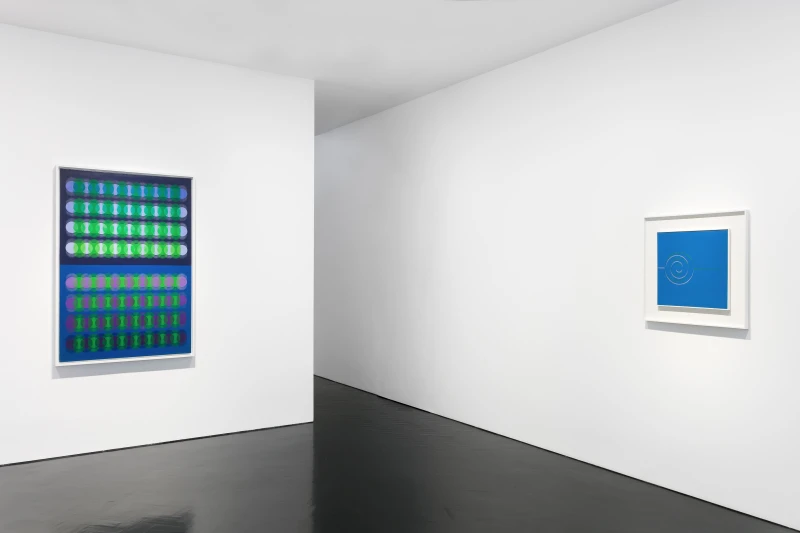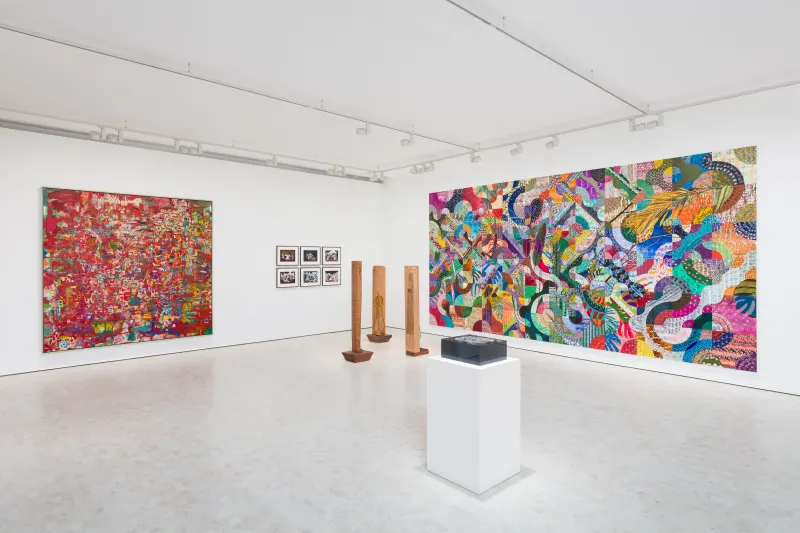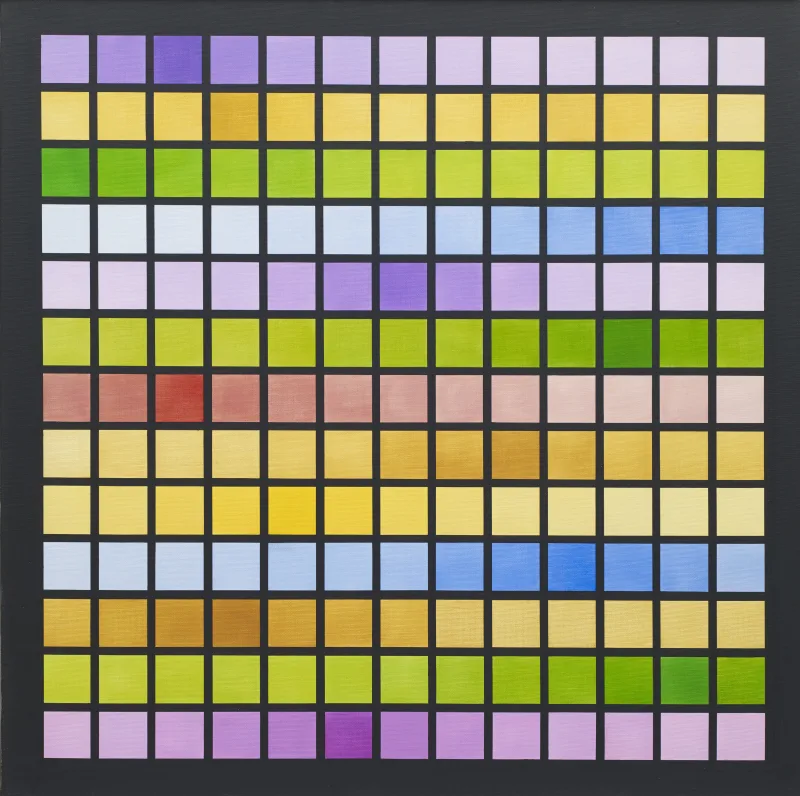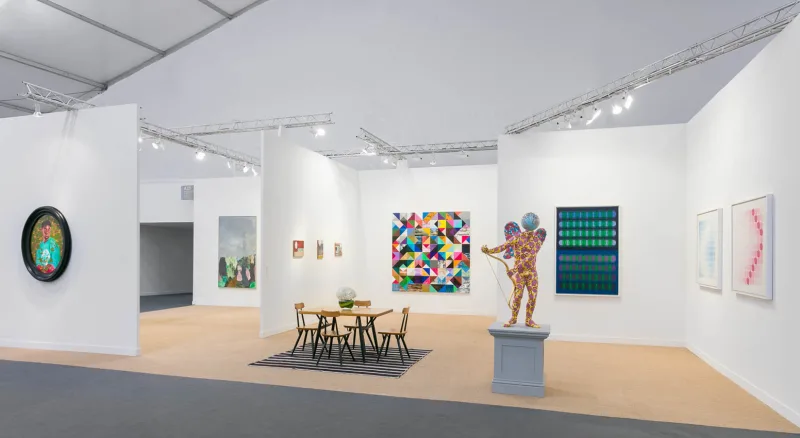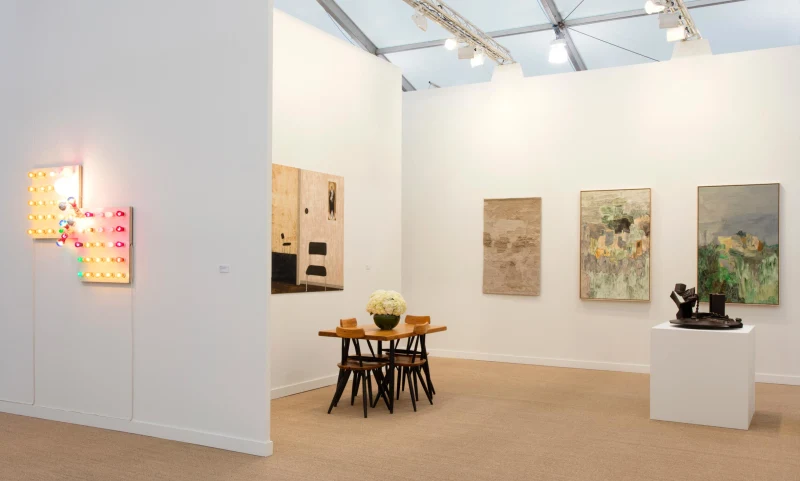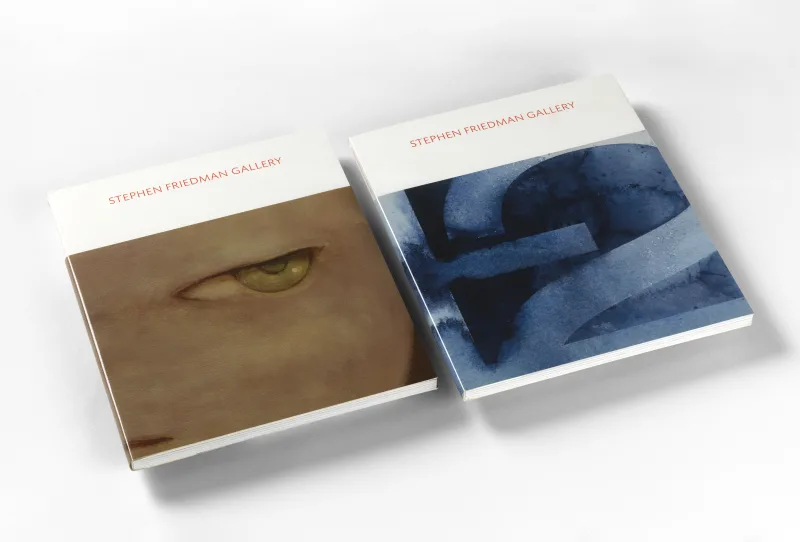
Manuel Espinosa
Overview
Line, colour and the optical sensations of movement and light are the primary characteristics of Manuel Espinosa's paintings and works on paper.
Line, colour and the optical sensations of movement and light are the primary characteristics of Manuel Espinosa's paintings and works on paper.
Manuel Espinosa was born in 1912 in Buenos Aires, Argentina and died in 2006.
Espinosa was a leading protagonist in the history of Argentine Modernism. In 1943, Espinosa met Joaquín Torres-García, the founder of Constructive Universalism. This meeting had a profound effect on his approach to painting. Two years later, he co-founded the Asociación Arte Concreto-Invencion with Tomás Maldonado, Alfredo Hlito and Raúl Lozza in Buenos Aires. Harnessing a certain post-war optimism, the group stopped painting from life and instead focused on geometry, abstraction and the primacy of the picture plane as a self-contained entity.
Espinosa travelled to Europe in the 1950s, forging friendships with members of the ‘Movimento di Arte Concreta', ‘Forma' and ‘De Stijl' movements. Influenced by these artists, Espinosa embraced the idea that creating variations upon a theme could offer a systematic and precise understanding of a particular form.



